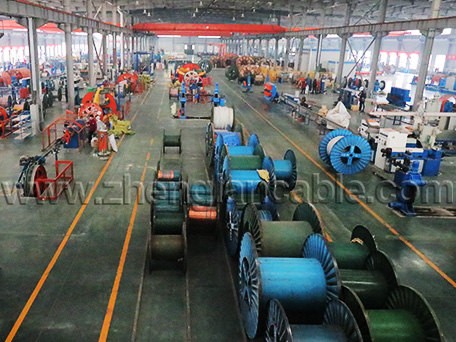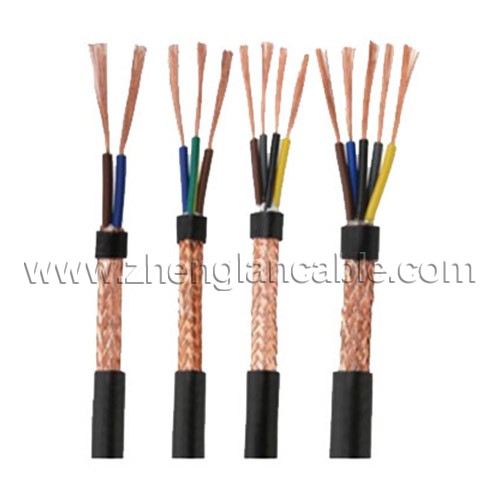Some information about our control cable.
1. Application of control cable: it is mainly used for transmitting control, measuring signal, etc. The control cable is suitable for long-distance operation, control furnace, signal and protection measuring circuit of mainstream and AC 50Hz, rated voltage 450 / 750V, 600 / 1000V and below industrial and mining enterprises and modern high-rise buildings. As a connecting line between various electrical instruments and automatic instruments, it plays a role in transmitting various electrical signals and ensuring the safe and reliable operation of the system.
2. The control cables can be divided into ordinary control cables, fire-retardant (Zr) control cables, fire-resistant (NH), low smoke and low halogen (DLD), low smoke and zero halogen (DW), high flame-retardant (gzr), temperature resistant, cold resistant control cables, etc. according to the work category.
3. main shielding types of control cable: copper wire woven shielding, copper tape shielding, aluminum plastic composite tape shielding
The control cable is used to transmit control signals, with a large number of cores. According to the standard, there are 61 cores, but it can also be produced according to the user's requirements. Operating temperature of control cable: rubber insulation is 65 ° C, PVC insulation is 70 ° C and 105 ° C. The control cables used in computer system are generally PVC, PE, XLPE and fluoroplastic insulated products
The recommended allowable bending radius of cable is as follows:
The unarmoured cable shall not be less than 6 times of the outer diameter of the cable;
Armored or copper tape shielded cable shall not be less than 12 times of the outer diameter of the cable;
Shielded flexible cable, not less than 6 times of cable outer diameter.
Precautions for installation and wiring of control cable:
1. Under the eaves. The standard LAN cable can be used only when the cable is not directly exposed to sunlight or ultra-high temperature. It is recommended to use pipes. Ultraviolet (UV) - do not use cables without UV protection in direct sunlight.
2. On the outer wall. Avoid direct sunlight on the wall and man-made damage. Heat - the temperature of a cable in a metal conduit or trunking is very high, and many polymeric materials will reduce their service life at this temperature.
3. In pipes (plastic or metal). For example, in the pipe, pay attention to the damage of plastic pipe and the heat conduction of metal pipe. Mechanical damage (repair cost) - the repair of optical cable is very expensive. At least two terminations are required at each breakpoint.
4. Suspended application / overhead cable. Consider cable sag and pressure. Whether the cable is directly exposed to sunlight.
5. It is directly laid in the underground cable trench, and this environment is the smallest in the control range. The installation of cable trench shall be checked regularly for the degree of dryness or humidity. Grounding - if the shield of the control cable needs to be grounded, the corresponding standards must be followed.
6. Underground pipeline. In order to facilitate future upgrading, cable replacement and isolation from surface pressure and surrounding environment, auxiliary pipeline is a better method. But don't expect the pipe to stay dry forever, which will affect the selection of cable types. Water - the moisture in the LAN twisted pair cable increases the capacitance of the cable, reducing the impedance and causing near end crosstalk problems.



